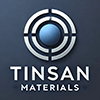Showing 601–612 of 632 results
-
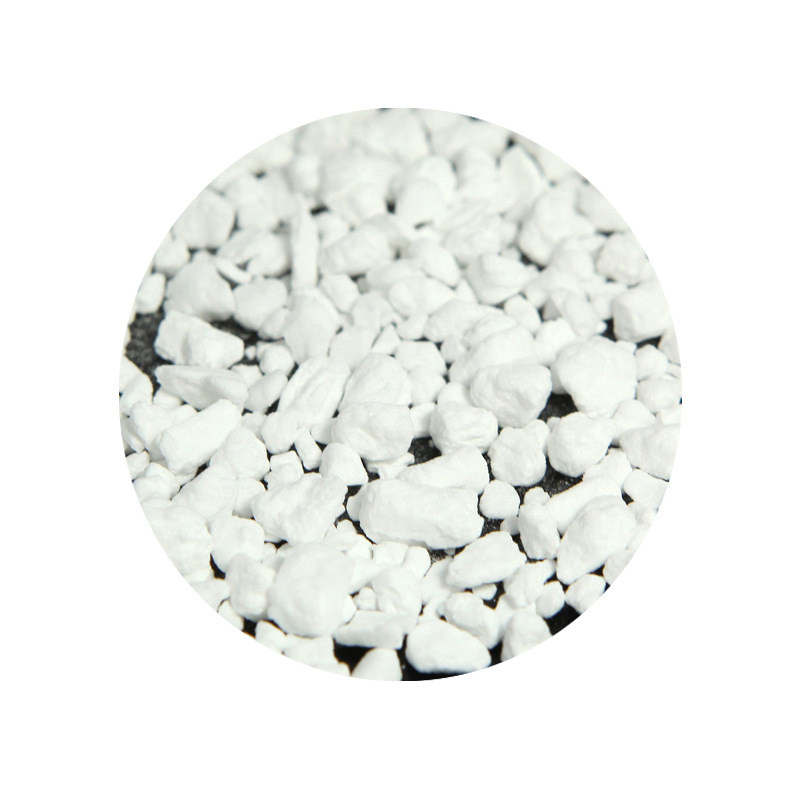
- Wide Transmission Range: Offers excellent transparency from UV (down to 200 nm) to IR (up to 10 µm), making it versatile for various optical applications.
- Low Refractive Index: Has a low refractive index (~1.5), which makes it a good material for anti-reflective coatings.
- High Chemical Stability: YF₃ is chemically inert, ensuring long-lasting coatings that resist corrosion, oxidation, and environmental wear.
- Low Absorption: Provides coatings with minimal light absorption, especially important in high-energy optical and laser systems.
- Thermal Stability: Offers good thermal stability, making it suitable for high-temperature deposition processes.
-
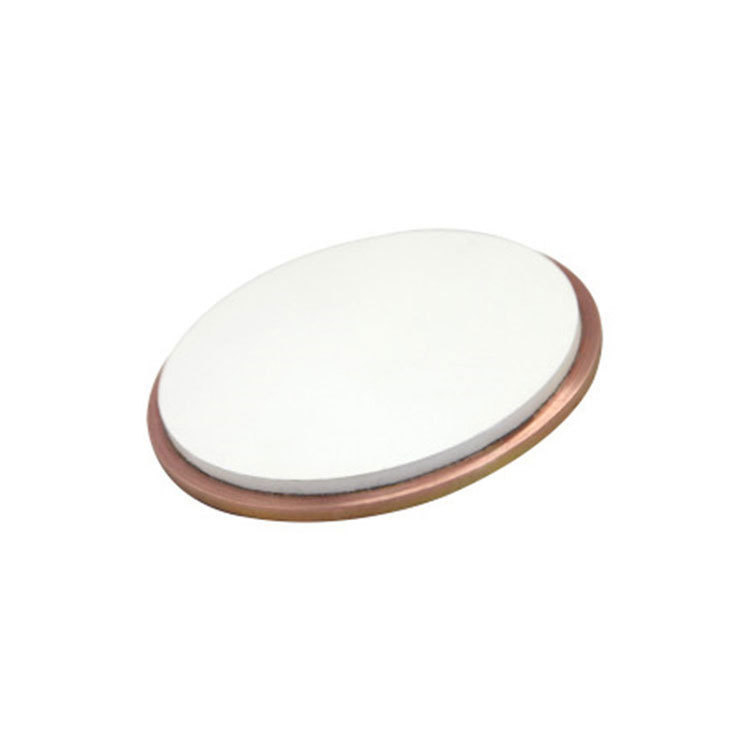
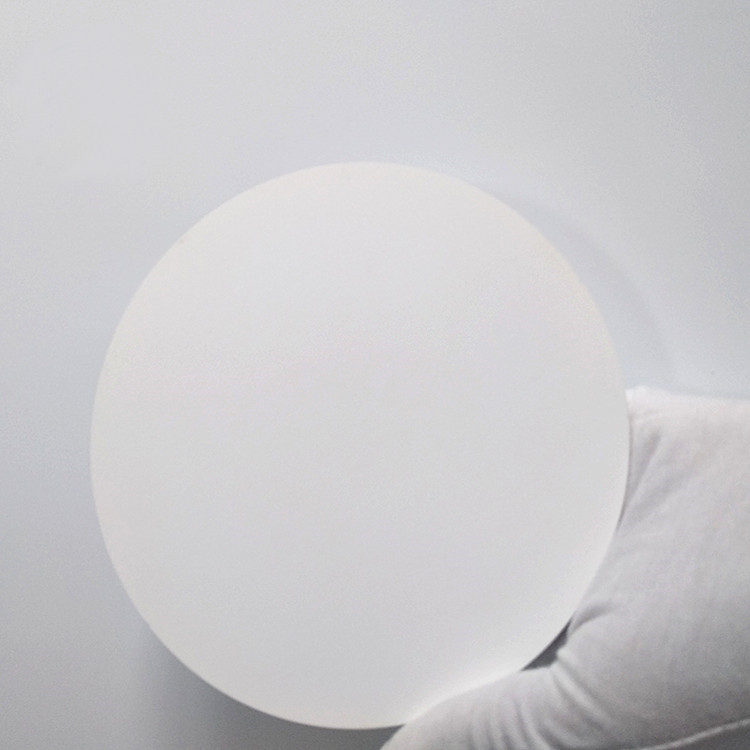
- Low Refractive Index: YF₃ films offer a low refractive index, making them ideal for anti-reflective coatings and optical thin films.
- High Purity: Available in ≥99.9% purity, ensuring clean deposition and minimal contamination in thin-film applications.
- Chemical Resistance: Resistant to acid and alkali, making it suitable for harsh environments.
- Optical Transparency: High optical transparency in the UV and visible spectra, enhancing the performance of optical coatings.
- Durability: Offers excellent mechanical properties and resistance to environmental degradation, ensuring long-term stability.
-
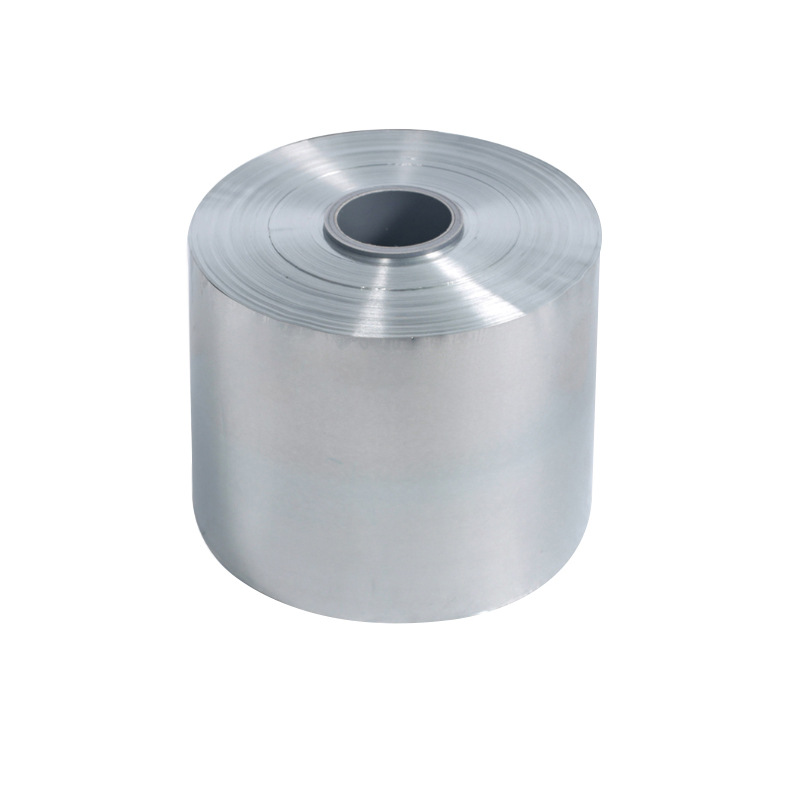
- Corrosion Resistance: Zinc is known for its excellent corrosion resistance, especially in moist environments. It forms a protective oxide layer that shields the material from further corrosion, making it ideal for use in outdoor and harsh environmental conditions.
- Electrical Conductivity: Although not as conductive as copper or aluminum, zinc foil still offers good electrical conductivity, making it suitable for applications in electrical components, such as batteries and capacitors.
- Thermal Conductivity: Zinc has relatively high thermal conductivity, making zinc foil useful in heat dissipation applications, particularly in electronics and industrial processes where temperature control is critical.
- Malleability and Flexibility: Zinc foil is highly malleable, allowing it to be easily shaped and fabricated into thin, flexible sheets. This makes it suitable for a variety of industrial applications requiring precise material manipulation.
- Non-Toxicity and Biocompatibility: Zinc is a biocompatible metal, meaning it can be used in medical and food-related applications without adverse effects. It is also non-toxic, which adds to its safety and versatility in various industries.
- Antimicrobial Properties: Zinc has natural antimicrobial properties, making zinc foil valuable in applications where hygiene and contamination control are critical, such as in medical equipment and food packaging.
-
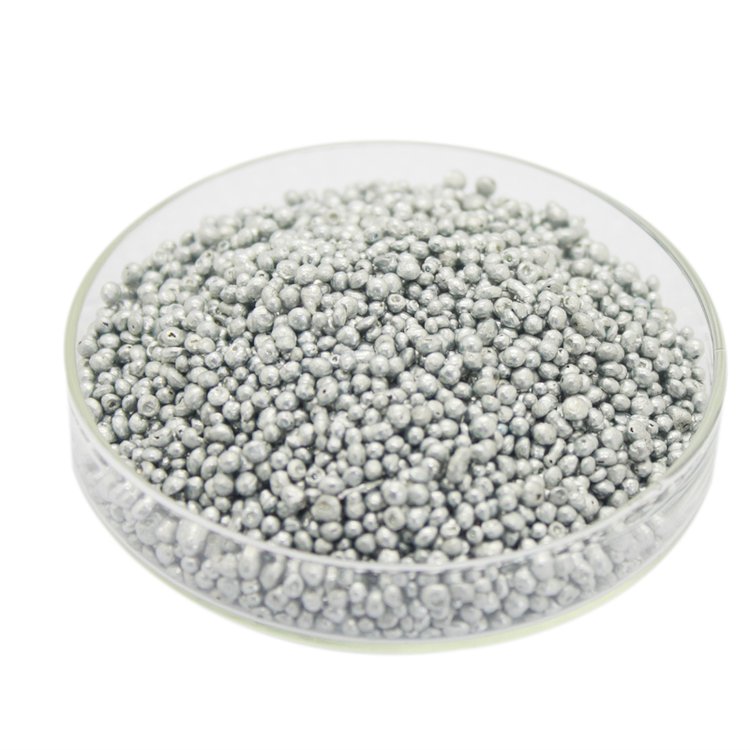
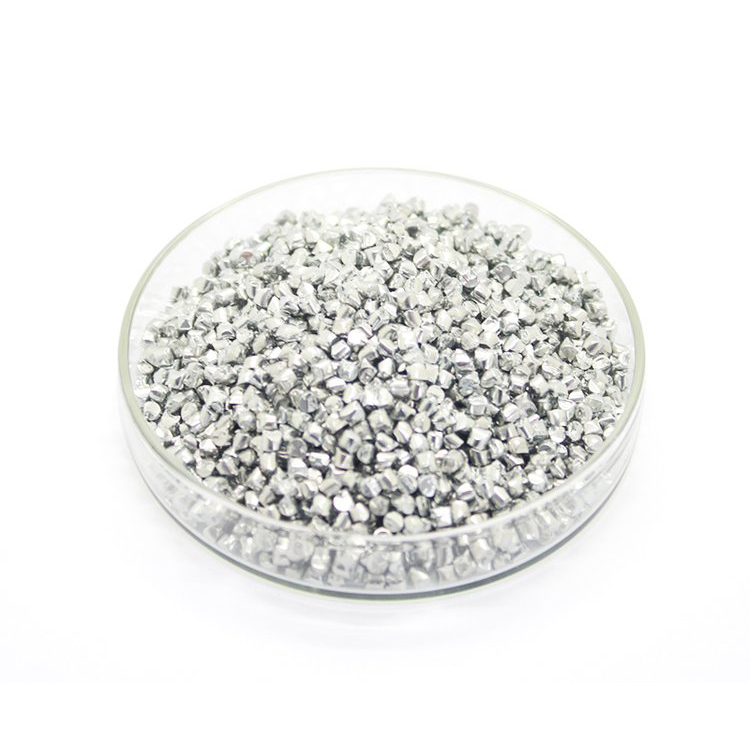
- High purity (≥99.9%).
- Excellent thermal and electrical conductivity.
- Uniform pellet size for consistent deposition.
- Superior corrosion resistance.
- Customizable sizes and packaging.
-
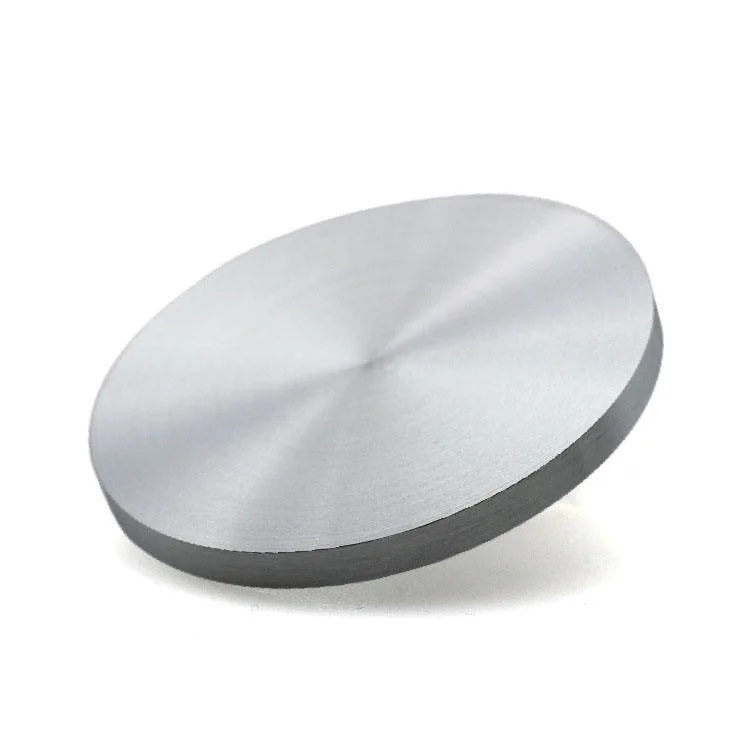

Zinc (Zn) sputtering targets are essential for industries that require corrosion-resistant, conductive, and versatile coatings, making them indispensable in electronics, optics, protective coatings, and energy-related applications.
-
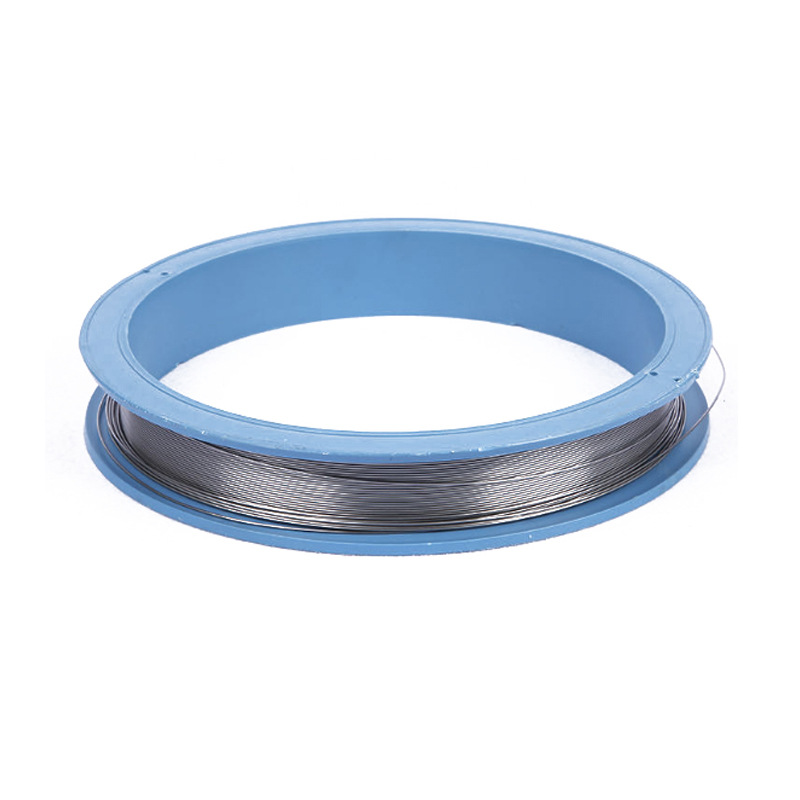
- Efficient Corrosion Protection: Widely used for anti-corrosion coatings, zinc wire prolongs the lifespan of steel and other metals in harsh environments.
- Ease of Application: Zinc wire is easily applied using thermal spray techniques or galvanizing, offering uniform and durable coatings.
- Cost-Effectiveness: Zinc wire provides a cost-effective solution for protecting structures and components compared to other anti-corrosion methods.
- Customizability: Available in various diameters and purity levels, zinc wire can be tailored to meet specific industrial needs.
- Eco-Friendly: Zinc coatings are recyclable and environmentally safe, adhering to sustainable manufacturing practices.
- Excellent Bonding Properties: Zinc wire adheres well to a variety of substrates, ensuring long-lasting and reliable coatings.
-
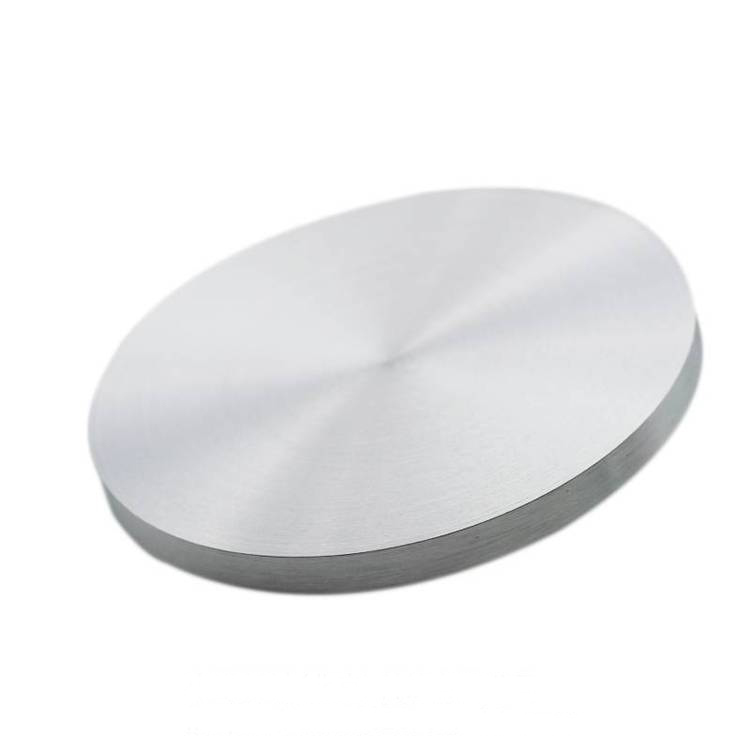
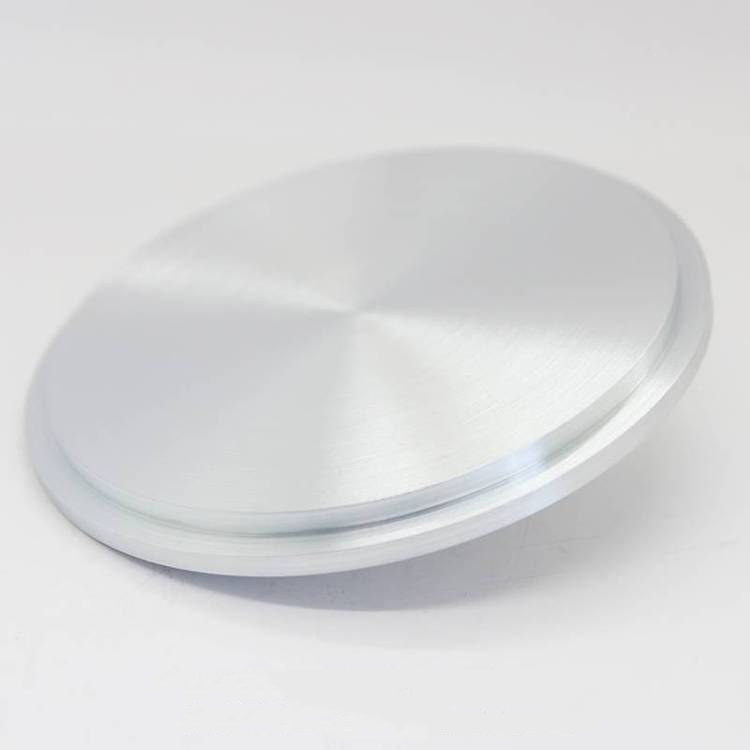
- Thermoelectric Properties: Zn₃Sb₂ is known for its high thermoelectric efficiency, making it an excellent material for energy conversion applications.
- High Purity: Available in various purity grades, ensuring the production of high-quality thin films.
- Stable Deposition: Consistent film quality and performance, ideal for advanced manufacturing processes.
- Durability: Offers excellent thermal stability, reducing the risk of material degradation during deposition and application.
- Wide Application Range: Suitable for a variety of industries, including semiconductor, energy, and sensing technologies.
-
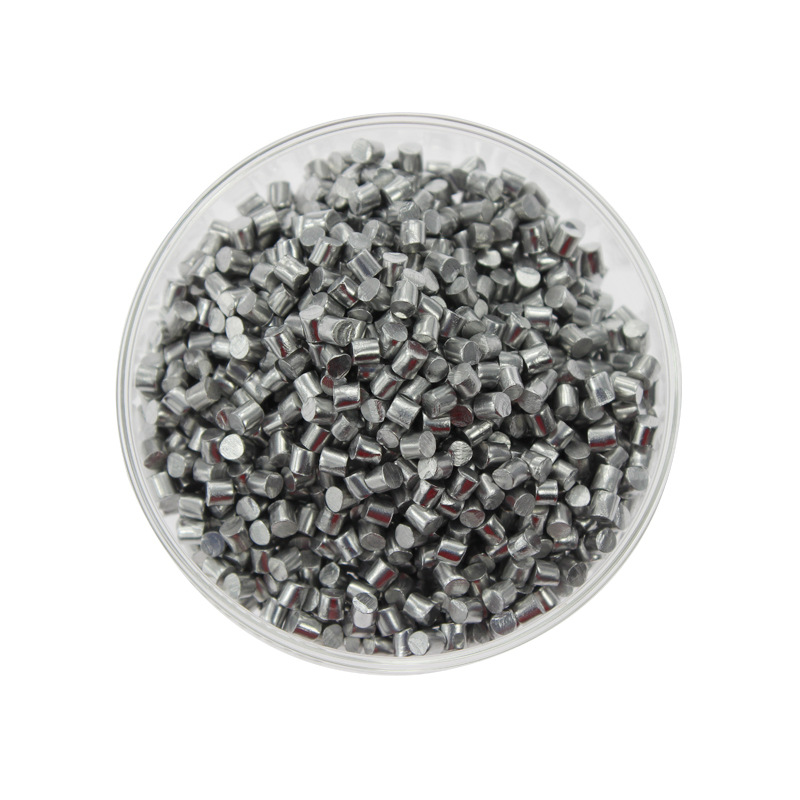
- Corrosion Resistance: Provides superior protection against oxidation and moisture.
- Good Electrical Conductivity: Ensures efficient performance in electronic applications.
- Lightweight: The alloy’s low density makes it ideal for applications where weight is a concern.
-
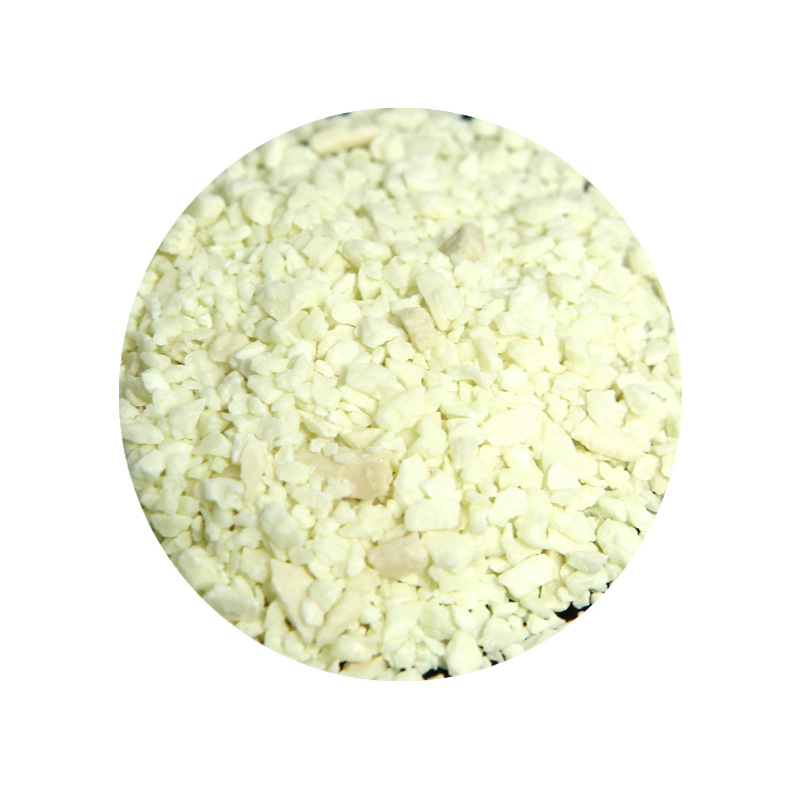
- High Transparency: ZnO provides excellent transparency in the visible range, making it ideal for optoelectronic devices and transparent conductive coatings.
- Good Conductivity: ZnO offers significant electrical conductivity, which can be tuned for various applications.
- UV Absorption: ZnO thin films are highly effective in absorbing ultraviolet (UV) light, making them suitable for UV protection coatings.
- Piezoelectric Properties: Its piezoelectric characteristics make it ideal for use in sensors and actuators.
- Environmentally Friendly: ZnO is non-toxic and environmentally benign, making it a sustainable choice for electronics and coatings.
-

- High Purity: Ensures optimal performance across diverse applications.
- UV Absorption: Effective in UV protection and photodetector applications.
- Electrical Properties: Exhibits semiconductor behavior for electronic devices.
- Antibacterial: Inhibits microbial growth for medical and cosmetic uses.
- Thermal Stability: Retains properties under high temperatures.
- Customizable Sizes: Nano and micrometer-scale powders for specific needs.
-
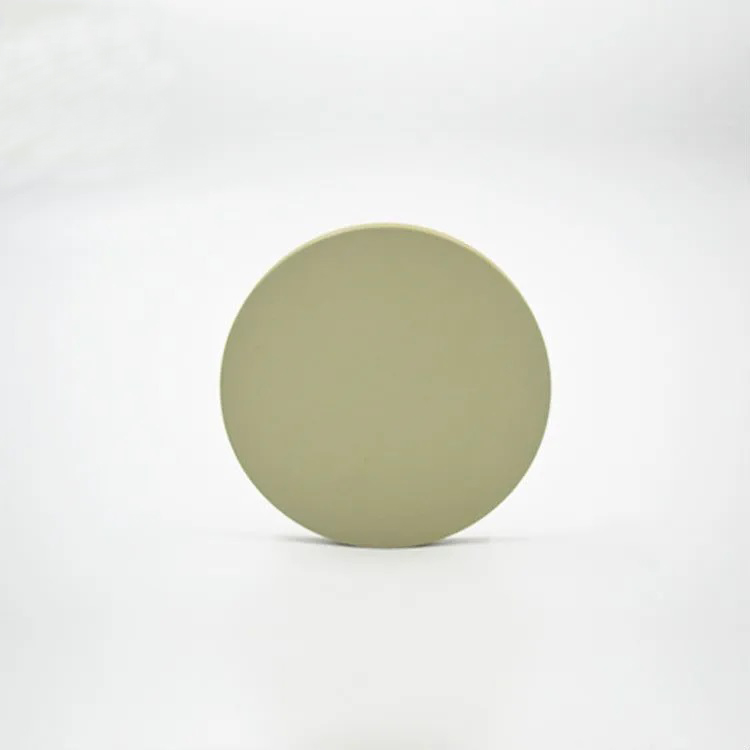
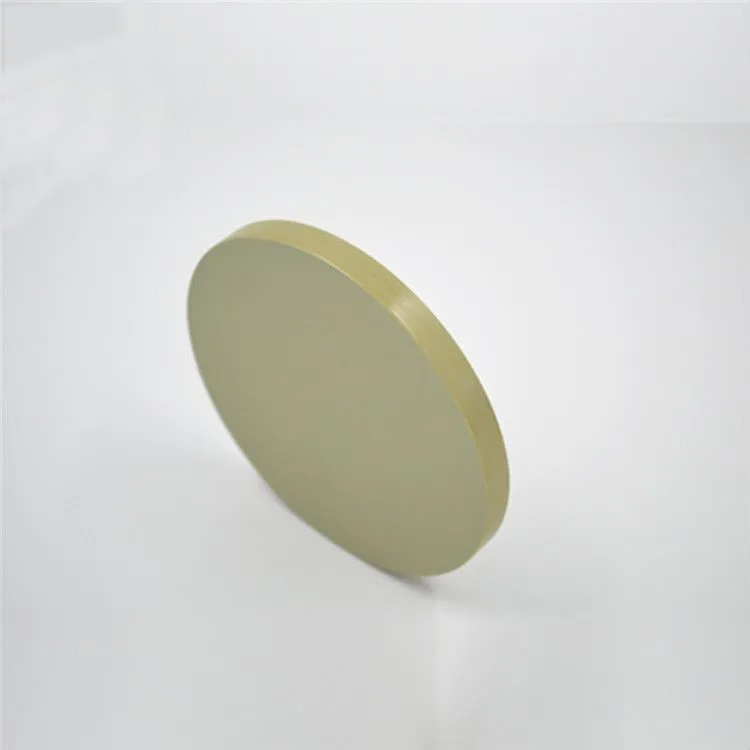
- High Transparency: ZnO thin films offer excellent transparency in the visible light spectrum, making them ideal for applications requiring both optical clarity and electrical conductivity.
- Good Conductivity: ZnO is a conductive oxide, providing good electrical performance in devices such as transparent electrodes and sensors.
- Wide Bandgap: ZnO is a wide-bandgap semiconductor with a bandgap of around 3.37 eV, allowing for efficient performance in UV detection and emission applications.
- Piezoelectric Properties: ZnO exhibits piezoelectric behavior, which is beneficial for applications in sensors, resonators, and energy-harvesting devices.
- Environmental Stability: ZnO thin films are chemically stable and exhibit good resistance to environmental degradation, ensuring long-term durability in various applications.
-
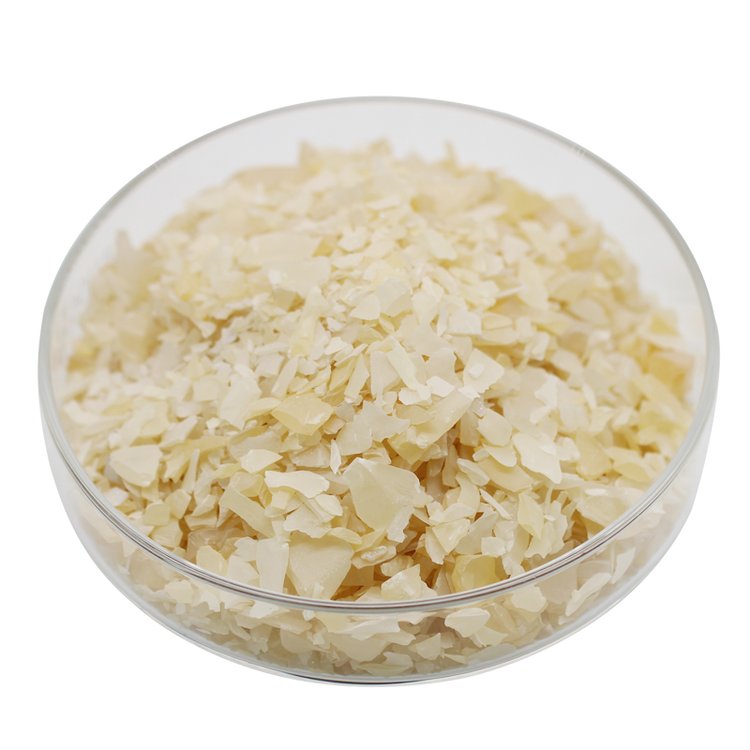

- High Transparency: ZnS has excellent transmission in the visible and infrared regions, making it ideal for optical coatings and infrared optics.
- Wide Bandgap: ZnS has a large bandgap, allowing it to function effectively in optoelectronic and photonic applications.
- Durable and Stable: ZnS thin films are stable in a variety of environmental conditions and offer good mechanical durability.
- Broad Spectral Range: ZnS thin films exhibit good transmission from the visible spectrum to the mid-infrared region, making them suitable for a wide range of optical applications.
- Low Absorption: ZnS has low absorption in the visible and infrared spectra, making it a preferred material for high-performance optical coatings.
